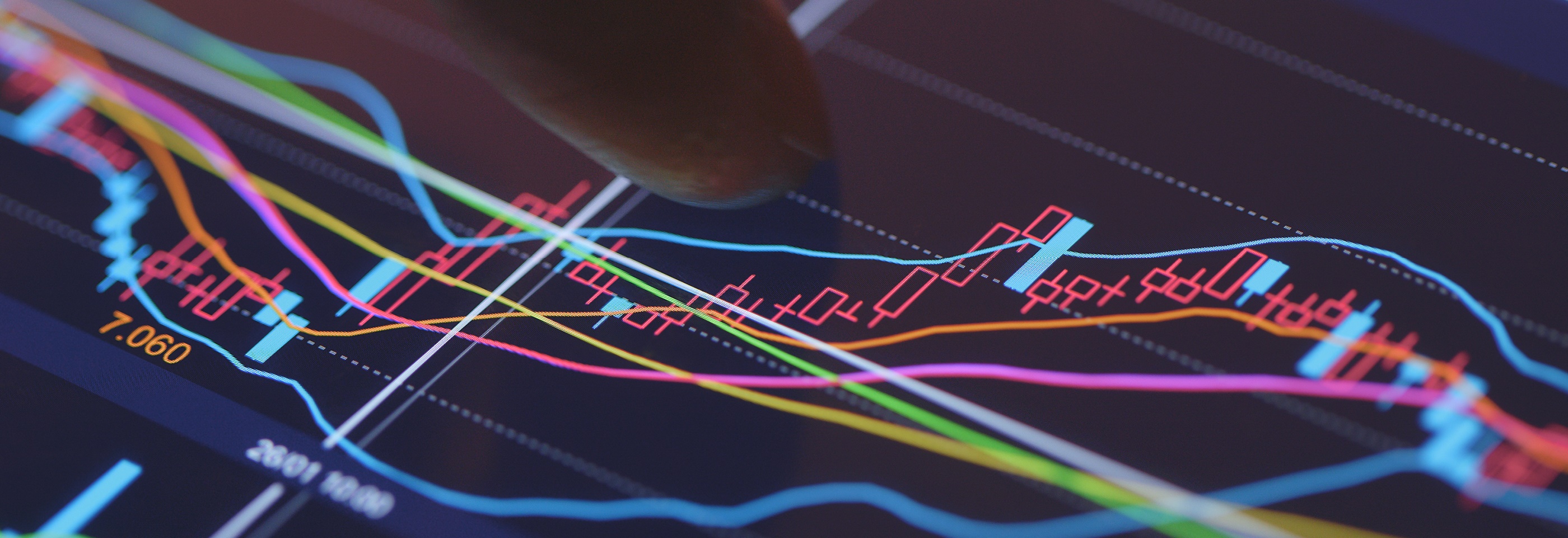
The past month has been characterised by a significant pick-up in volatility in markets, due to growing concerns about an escalation of the global trade war. What is currently priced in? We can approach this question by looking at the change in prices and comparing asset classes to check for contrasting signals.
For example, in equity markets, valuations have been in sharp retreat, with the S&P 500 down 8.6% from its record high on 19 February (as of 10 March), while in global credit markets, we have seen spreads on US investment grade (IG) corporate bonds widen by 17 basis points (bps) to 94bps since their tight levels on 18 February. While we saw similar volatility last August, caused by a growth scare, this current move is, nonetheless, significant. To put it in context, a 9%-12% reversal in stocks from all-time highs has occurred on only eight occasions over the past 20 years. Of course, equity markets can drop by more, but these moves would typically be associated with recessions, which we will leave to one side for now.
What about credit markets? When we look at the same time periods, the average move wider in US IG spreads for an 8% drawdown in the S&P is 20bps – close to the 17bps we have seen this year. However, credit markets can become increasingly concerned by growth scares, leading to further spread widening. Historically, spreads have moved 35bps wider, on average, for an 11% drop in equities.
We can take two messages from this relationship. First, despite US IG spreads still being under 100bps (historically associated with being on the richer side), they have moved to re-price economic uncertainties consistent with the drop in equities. Second, another fall of 3%-4% in stocks is likely to be associated with an additional 15bps-20bps widening in credit spreads, making this a difficult zone for credit markets currently.
While any potential reversal in sentiment should lead to significant upward bounces in risk markets, the prospect of a more meaningful shift lower in the growth trajectory is equally likely. Therefore, navigating this environment will be key in determining future moves in spreads. While past performance is not a perfect guide to the future, what we can say is that credit and equity markets have priced current concerns consistently with history, as neither market looks to be exuberant or overly pessimistic.
